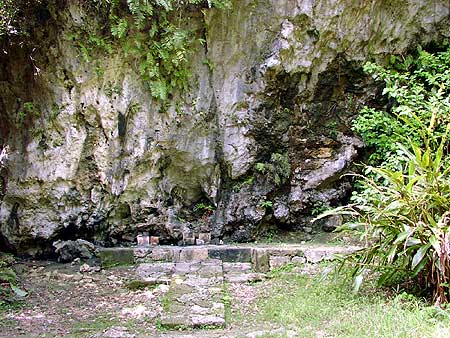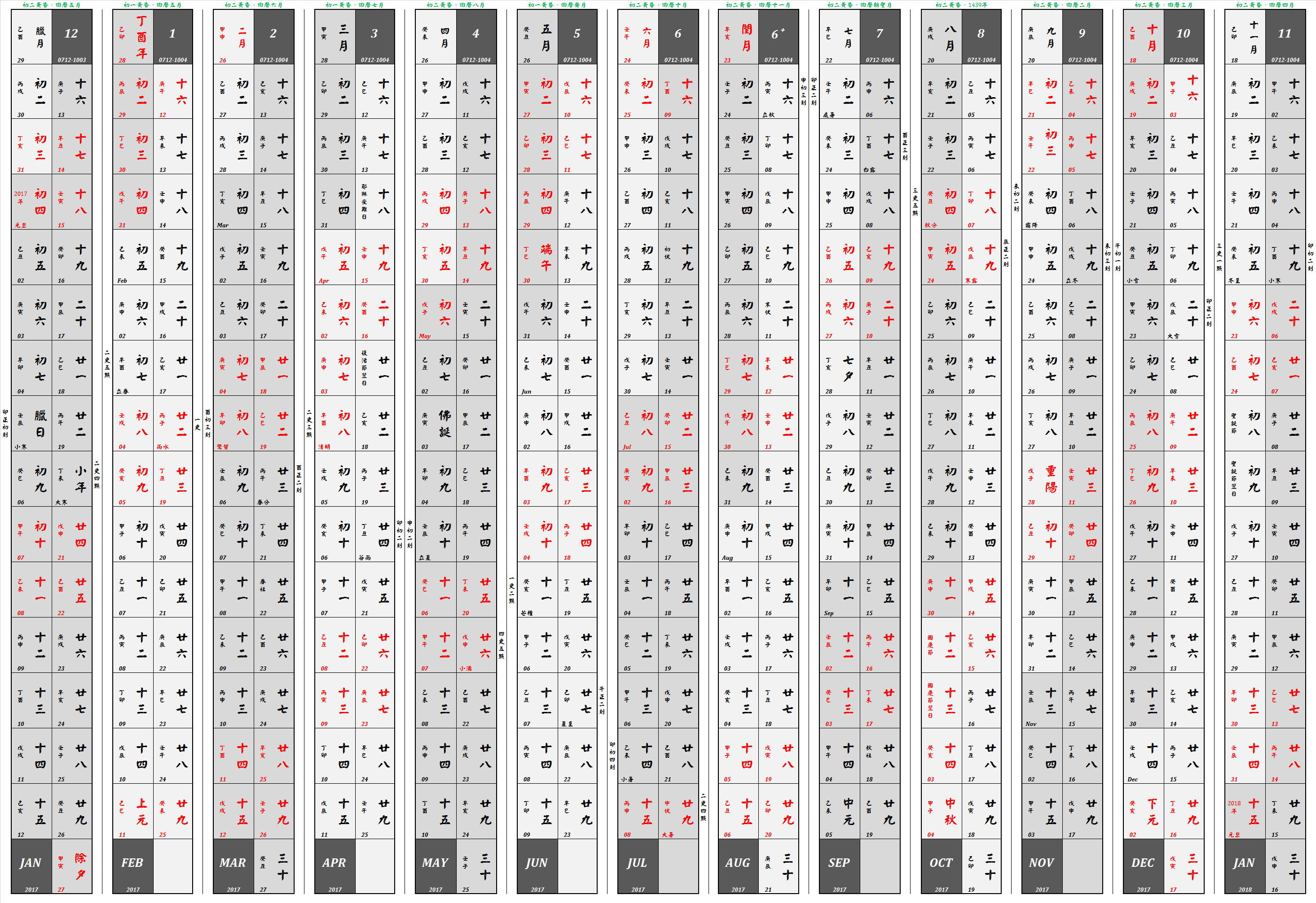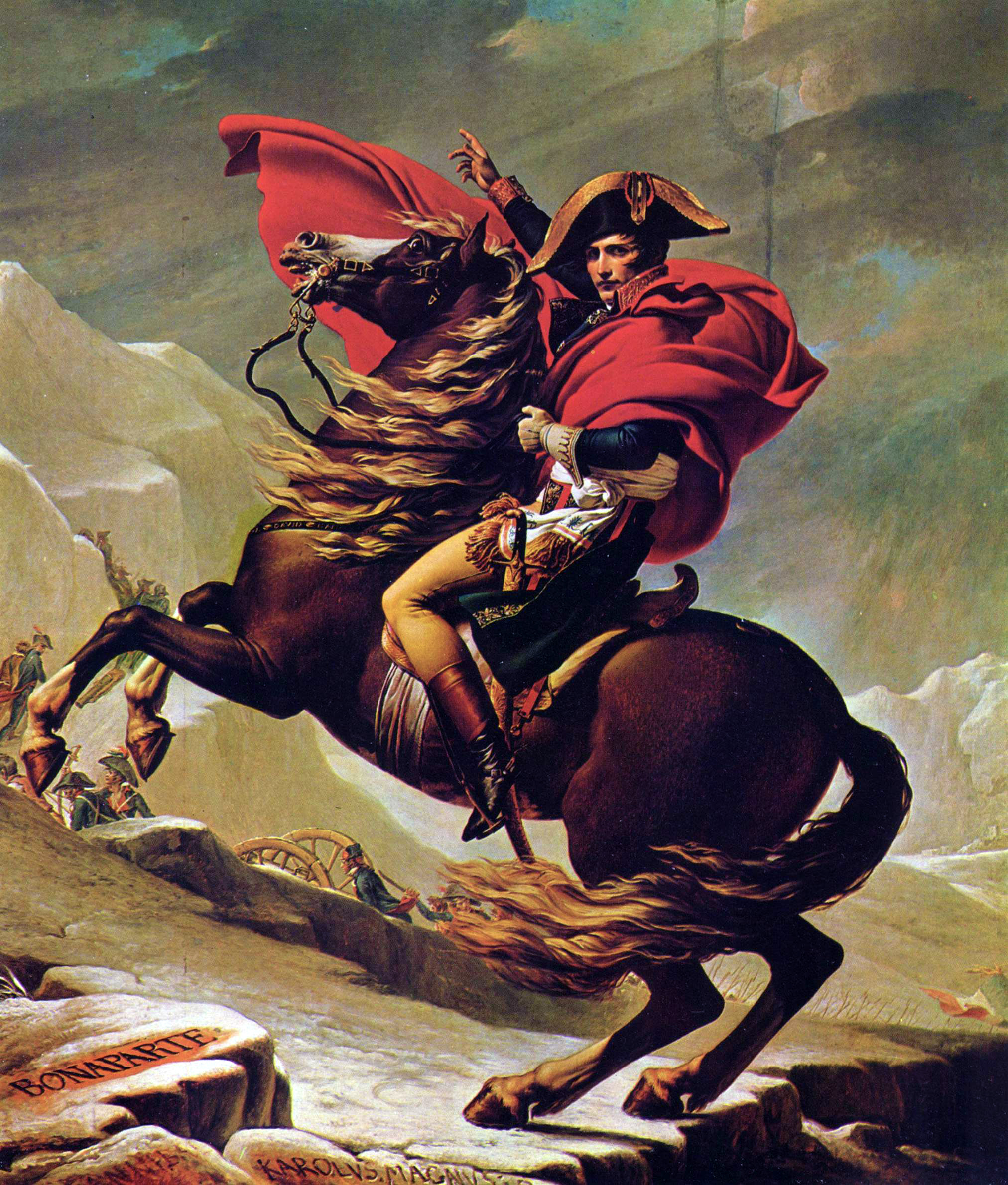|
Shō Sei (r. 1803)
was king of the Ryūkyū Kingdom from 1802 to 1803. Life Shō Sei was the only son of king Shō On. He was 2 years old when he succeeded his father on August 8 (Chinese calendar, Lunar calendar: the eleventh day of the seventh month), 1802, and died of smallpox one year later. After his death, his uncle Shō Kō was installed as the next king. References *''Chūzan Seifu'', vol. 10 Second Shō dynasty Kings of Ryūkyū 1800 births 1803 deaths Deaths from smallpox Monarchs who died as children {{RyukyuKingdom-stub ... [...More Info...] [...Related Items...] OR: [Wikipedia] [Google] [Baidu] |
Genealogy Of The Kings Of Chūzan
, also known as King of Lew Chew, , or more officially , was the King, title held by several lineages in Okinawa Island from 1372 until the Ryukyu Disposition, monarchy's dissolution in 1879. According to the traditional official Okinawan narrative, the legendary ruler Shunten, who supposedly ascended to the throne in 1187, was first to hold the title. Additionally, the notion of a single-line of succession has been maintained despite the Crown clearly recognising several unrelated lineages acceding. However, the monarchy effectively started in 1372 when Satto Imperial Chinese missions to the Ryukyu Kingdom, greeted a Chinese envoy from the newly established Ming dynasty, although his son Bunei was the first to be officially recognized as the King of Chūzan. Shō Tai was the final sovereign ruler of Ryukyu Kingdom, Ryukyu until his Ryukyu Domain, demotion in 1872 by the Government of Meiji Japan, government of Meiji era, Meiji Japan to the title of Domain King (琉球藩王, ' ... [...More Info...] [...Related Items...] OR: [Wikipedia] [Google] [Baidu] |
Shō On
was king of the Ryukyu Kingdom from 1795 to 1802. He made a great contribution to the education of Ryukyu during his reign. Life Shō On was the eldest grandson of the former king, Shō Boku. His father Shō Tetsu died when Shō Boku was still alive, so he became the Heir apparent of the kingdom. After Shō Boku's death, Shō On was installed as the king. However, Shō On was only 11 years old, his teacher Sai Seishō (蔡世昌) became the Kokushi (国師), serving as the king's regent. The Kokugaku (国学) was established as the National Academy of the Ryukyu Kingdom in Shuri Castle on 1798. Four schools were also founded in the countryside, even farmers could receive education. But the idea of equal education was not accepted by the Kumemura people, so they launched a rebellion against the reform, and Sai Seishō died in the incident. The rebellion was quickly put down, and some education privileges of Kumemura people were abolished. Shō On died when he was only 18 ye ... [...More Info...] [...Related Items...] OR: [Wikipedia] [Google] [Baidu] |
Shō Kō
(14 July 1787 – 5 July 1834) was a king of the Ryukyu Kingdom, who held the throne from 1804 to 1828, when he was forced to abdicate in favor of his son, Shō Iku. This was only the second time in the history of the kingdom that a king abdicated;Kerr, George H. ''Okinawa: The History of an Island People''. (revised ed.) Tokyo: Tuttle Publishing, 2003. p244. the 1477 abdication of Shō Sen'i was the first. Life It is said that towards the end of his reign, Shō Kō's "behavior became strange, unbalanced, and unpredictable." The ''Sanshikan'' (the council of the top three elder royal advisors) appealed to the government of Japan's Satsuma Domain and, with Satsuma's approval, forced Shō Kō to abdicate in 1828 and to retire to the countryside. An envoy mission was prepared to formally inform Beijing of the change in rulership, and a second royal manor was established in the countryside, to maintain the prestige and dignities appropriate to Shō Kō's status. Historian George H. ... [...More Info...] [...Related Items...] OR: [Wikipedia] [Google] [Baidu] |
Second Shō Dynasty
The was the last dynasty of the Ryukyu Kingdom from 1469 to 1879, ruled by the under the title of King of Chūzan. This family took the family name from the earlier rulers of the kingdom, the first Shō family, even though the new royal family has no blood relation to the previous one. Until the abolition of Japanese peerage in 1947, the head of the family was given the rank of marquess while several cadet branches held the title of baron. Kings of Chūzan The second Shō family claims Izena Island to be its ancestral home."Shō En." ''Okinawa rekishi jinmei jiten'' (沖縄歴史人名事典, "Encyclopedia of People of Okinawan History"). Naha: Okinawa Bunka-sha, 1996. p39."Shō En." ''Okinawa konpakuto jiten'' (沖縄コンパクト事典, "Okinawa Compact Encyclopedia")Ryukyu Shimpo(琉球新報). 1 March 2003. Born on the small island lying off the northwestern coast of Okinawa Island, its founder Kanemaru traveled to Shuri in 1441, and became a retainer of Prince Sh ... [...More Info...] [...Related Items...] OR: [Wikipedia] [Google] [Baidu] |
Kikoe-ōgimi
is the title worn by the highest priestess of the Ryukyuan religion, ryūkyūan religion. Although the title is mentioned in sources dealing with periods older than the Ryūkyū Kingdom, the current characteristics of the function have been fixed during the great religious reform at the beginning of the second Shō dynasty. Kikoe-ōgimi is the (the “sister-goddess” of the person with the highest status in the Ryūkyū Kingdom: the king. She protects by her spiritual power non only the king but also the whole kingdom. The function is assumed by a woman close to the king (sister, queen, daughter) or a member of a minor branch of the royal family. Kikoe-ōgimi is at the top of the hierarchy of the noro (priestess), ''noro'' priestesses of the whole kingdom and owns direct authority on them, although the king appoints them. She is responsible for the ceremonies held at the most sacred site of Okinawa Island, Sefa-utaki, Sēfa Utaki as well as the ones given in the ten ''utakis'' ... [...More Info...] [...Related Items...] OR: [Wikipedia] [Google] [Baidu] |
Ryūkyū Kingdom
The Ryukyu Kingdom was a kingdom in the Ryukyu Islands from 1429 to 1879. It was ruled as a Tributary system of China, tributary state of Ming dynasty, imperial Ming China by the King of Ryukyu, Ryukyuan monarchy, who unified Okinawa Island to end the Sanzan period, and extended the kingdom to the Amami Islands and Sakishima Islands. The Ryukyu Kingdom played a central role in the maritime history, maritime trade networks of medieval East Asia and Southeast Asia despite its small size. The Ryukyu Kingdom became a vassal state of the Satsuma Domain of Japan after the invasion of Ryukyu in 1609 but retained ''de jure'' independence until it was transformed into the Ryukyu Domain by the Empire of Japan in 1872. The Ryukyu Kingdom was Ryukyu Disposition, formally annexed and dissolved by Japan in 1879 to form Okinawa Prefecture, and the Ryukyuan monarchy was integrated into the new Kazoku, Japanese nobility. History Origins of the Kingdom In the 14th century small domains s ... [...More Info...] [...Related Items...] OR: [Wikipedia] [Google] [Baidu] |
Chinese Calendar
The traditional Chinese calendar, dating back to the Han dynasty, is a lunisolar calendar that blends solar, lunar, and other cycles for social and agricultural purposes. While modern China primarily uses the Gregorian calendar for official purposes, the traditional calendar remains culturally significant. It determines the timing of Chinese New Year with traditions like the twelve animals of the Chinese zodiac, Chinese Zodiac still widely observed. The traditional Chinese calendar uses the Sexagenary cycle, sexagenary cycle, a repeating system of Heavenly Stems and Earthly Branches, to mark years, months, and days. This system, along with astronomical observations and mathematical calculations, was developed to align solar and lunar cycles, though some approximations are necessary due to the natural differences between these cycles. Over centuries, the calendar was refined through advancements in astronomy and horology, with dynasties introducing variations to improve accu ... [...More Info...] [...Related Items...] OR: [Wikipedia] [Google] [Baidu] |
Smallpox
Smallpox was an infectious disease caused by Variola virus (often called Smallpox virus), which belongs to the genus '' Orthopoxvirus''. The last naturally occurring case was diagnosed in October 1977, and the World Health Organization (WHO) certified the global eradication of the disease in 1980, making smallpox the only human disease to have been eradicated to date. The initial symptoms of the disease included fever and vomiting. This was followed by formation of ulcers in the mouth and a skin rash. Over a number of days, the skin rash turned into the characteristic fluid-filled blisters with a dent in the center. The bumps then scabbed over and fell off, leaving scars. The disease was transmitted from one person to another primarily through prolonged face-to-face contact with an infected person or rarely via contaminated objects. Prevention was achieved mainly through the smallpox vaccine. Once the disease had developed, certain antiviral medications could poten ... [...More Info...] [...Related Items...] OR: [Wikipedia] [Google] [Baidu] |
Chūzan Seifu
was an official history of the Ryūkyū Kingdom compiled between 1697 and 1701 by a group of scholar-officials led by Sai Taku. It was a continuation of the '' Chūzan Seikan''. It is composed of 19 volumes, one of which is devoted to correspondence between the kingdom and the Satsuma Domain. It also describes the founding of the Chinese community in Okinawa after the arrival of "thirty-six families" of "people from Min" after permission was granted by Emperor Hongwu. Later, it was rewritten into Classical Chinese Classical Chinese is the language in which the classics of Chinese literature were written, from . For millennia thereafter, the written Chinese used in these works was imitated and iterated upon by scholars in a form now called Literary ... by Sai Taku's famous son Sai On in 1724, and expanded each year until 1876. See also * List of Cultural Properties of Japan - writings (Okinawa) * Chūzan Seikan * Kyūyō References 1701 non-fiction books 18th ... [...More Info...] [...Related Items...] OR: [Wikipedia] [Google] [Baidu] |
Kings Of Ryūkyū
Kings or King's may refer to: *Kings: The sovereign heads of states and/or nations. *One of several works known as the "Book of Kings": **The Books of Kings part of the Bible, divided into two parts **The ''Shahnameh'', an 11th-century epic Persian poem **The Morgan Bible, a French medieval picture Bible **The Pararaton, a 16th-century Javanese history of southeast Asia *The plural of any king Business * Kings Family Restaurants, a chain of restaurants in Pennsylvania and Ohio * Kings Food Markets, a chain supermarket in northern New Jersey * King's Favourites, a brand of cigarettes * King's Variety Store, a chain of stores in the USA *King's (defunct discount store), a defunct chain of discount stores in the USA Education * King's College (other), various colleges * King's School (other), various schools * The King's Academy (other), various academies Electoral districts *King's (New Brunswick federal electoral district) (1867–1903) * Kings (No ... [...More Info...] [...Related Items...] OR: [Wikipedia] [Google] [Baidu] |
1800 Births
As of March 1 (Old Style, O.S. February 18), when the Julian calendar acknowledged a leap day and the Gregorian calendar did not, the Julian calendar fell one day further behind, bringing the difference to 12 days until February 28 (Old Style, O.S. February 16), 1900. Events January–March * January 1 ** Quasi-War: Action of 1 January 1800 – A naval battle off the coast of Haiti, between four United States merchant vessels escorted by naval schooner , and a squadron of armed barges manned by Haitian pirates (known as wikt:picaroon, picaroons), under the command of general André Rigaud, ends indecisively. ** The Dutch East India Company dissolves. * February 7 – A public 1800 French constitutional referendum, plebiscite in France confirms Napoleon as First Consul, by a substantial majority. * February 11 – Infrared radiation is discovered by astronomer Sir William Herschel. * February 22 – The Baker rifle, designed by Ezekiel Baker, is selected ... [...More Info...] [...Related Items...] OR: [Wikipedia] [Google] [Baidu] |
1803 Deaths
Events January–March * January 1 – The first edition of Alexandre Balthazar Laurent Grimod de La Reynière's ''Almanach des gourmands'', the first guide to restaurant cooking, is published in Paris. * January 4 – William Symington demonstrates his '' Charlotte Dundas'', the "first practical steamboat", in Scotland. * January 30 – Monroe and Livingston sail for Paris to discuss, and possibly buy, New Orleans; they end up completing the Louisiana Purchase. * February 19 ** An Act of Mediation, issued by Napoleon Bonaparte, establishes the Swiss Confederation to replace the Helvetic Republic. Under the terms of the act, Graubünden, St. Gallen, Thurgau, the Ticino and Vaud become Swiss cantons. ** Ohio is admitted as the 17th U.S. state. * February 20 – Kandyan Wars: Kandy, Ceylon is taken by a British detachment. * February 21 – Edward Despard and six others are hanged and beheaded for plotting to assassinate King George III of the United Kingdom, and to ... [...More Info...] [...Related Items...] OR: [Wikipedia] [Google] [Baidu] |




